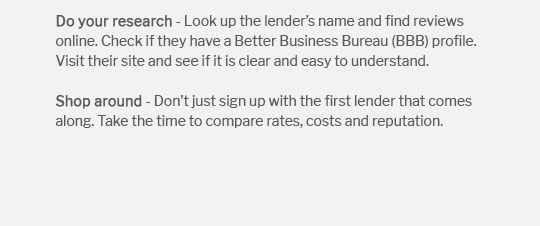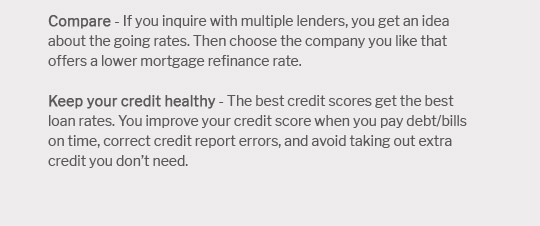 |
|||
 |
 |
 |
 |
|
|---|---|---|
 |
 |
|
 |
 |
|
 |
 |
 |
 |
The Complete Beginner's Guide to Mortgage Lenders with No Closing CostsIn the labyrinthine world of home buying, where decisions are as weighty as the bricks and mortar of the house itself, the notion of mortgage lenders offering no closing costs is akin to discovering a hidden gem. For first-time homebuyers or even seasoned investors, understanding this concept can be the key to unlocking significant financial relief. What are closing costs? These are fees and charges that accumulate during the finalization of a real estate transaction. Typically, they cover expenses such as loan origination fees, title searches, appraisals, and taxes, often amounting to several thousand dollars. So, when a lender advertises a 'no closing cost' mortgage, it sounds incredibly enticing. But what does it really mean? In essence, a no closing cost mortgage means the lender covers the upfront fees, allowing you to save on the initial cash outlay when securing a home loan. However, this isn’t a benevolent gift from the lending gods. Instead, the costs are usually rolled into the loan amount or exchanged for a slightly higher interest rate. Thus, while you might dodge the immediate expense, you could end up paying more over the life of the loan. There are advantages to this approach, especially for those who are cash-strapped or eager to move into their new home without delay. Avoiding upfront costs can free up funds for moving expenses, furniture, or emergency reserves. Moreover, if you anticipate refinancing or selling the home within a few years, the higher long-term costs might not impact you significantly. However, there are also caveats to consider. The higher interest rate could mean your monthly payments are noticeably steeper, and over the span of a 30-year mortgage, this could translate into a considerable sum. Additionally, not all lenders are transparent about how they structure these loans, so it’s crucial to read the fine print and ask probing questions.
Ultimately, choosing a mortgage lender with no closing costs requires a careful balancing act. It is essential to weigh the immediate relief against potential long-term costs. For some, this option provides an invaluable opportunity to step onto the property ladder with fewer hurdles. For others, a traditional mortgage may offer better peace of mind and financial stability in the years to come. Always consult with a financial advisor to tailor the decision to your unique circumstances. The path to homeownership is as personal as the home itself, and the choice of mortgage can set the foundation for future financial health. https://cbna.com/home-loans/no-closing-cost-mortgages
Double-wide mobile homes are eligible for the no closing cost mortgage only if permanently attached to a foundation. Should the no closing cost mortgage be ... https://www.nerdwallet.com/best/mortgages/no-origination-fee
Citibank: NMLS#412915. Compare More Lenders. on NerdWallet. 4.0. /5. Home loans overall. Best for competitive interest rates. N/A ; SoFi: NMLS# ... https://www.mynorthern.com/mortgage-lender-new-york/no-closing-costs/
No closing costs means no: processing fee, underwriting fee, abstract fees, lender's title insurance fee, appraisal fee, closing/escrow fee, courier fee, ...
|
|---|